Amazing Photos of the Smithsonian’s Massive Specimen Collections in DC
![]()
Inside the bowels of the National Museum of Natural History in Washington, DC you’ll find something amazing. Classified, labelled, and impeccably organized, you’ll find 90% of the Smithsonian’s collections tucked neatly away in drawers and cabinets. Well… usually they’re tucked away.
In a series of images for the NMNH’s Collections Program, the late photographer Chip Clark photographed the amazing collection with every single drawer pulled out and on display. And alongside each collection are some of the experts, curators, and scientists who use it to break new scientific ground.
“NMNH’s collections are special resources that allow the museum to make unique contributions to answering significant scientific questions and responding to national mandates, priorities, and concerns,” the NMNH states on its website. “As such, the collections play a vital role in advancing scientific knowledge, addressing societal issues, and increasing the scientific literacy of our nation.”
What the statement above doesn’t mention is just how beautiful these collections are. For that, we have the photos:
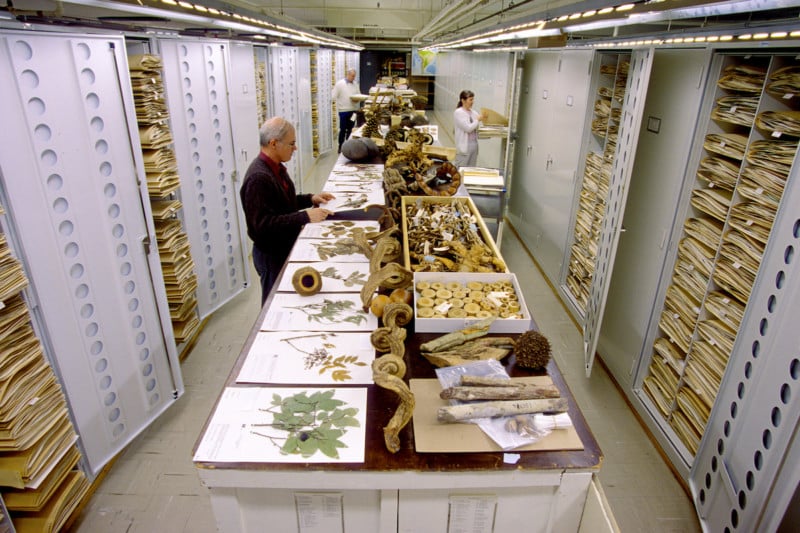
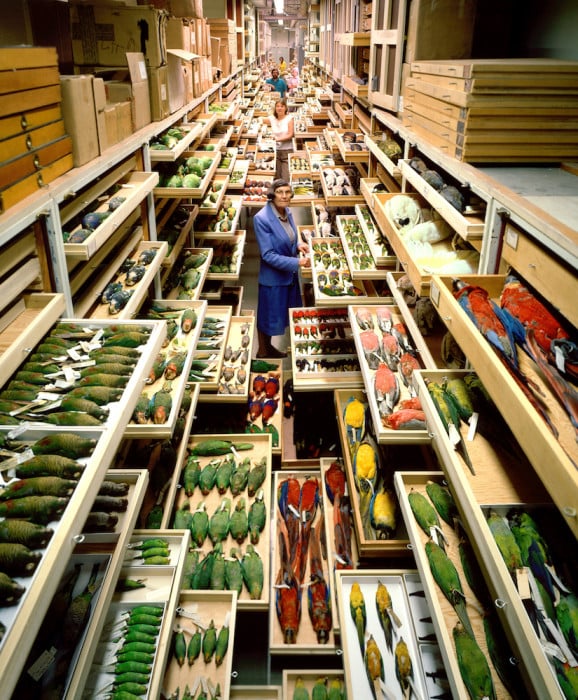
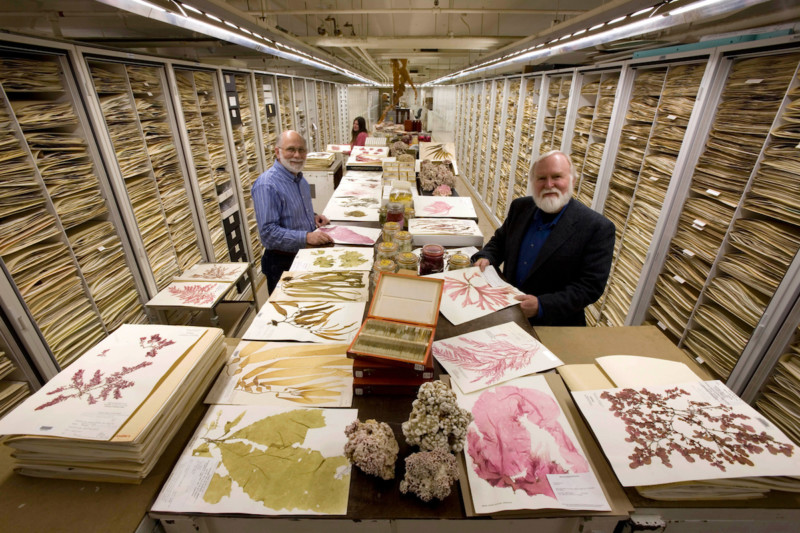
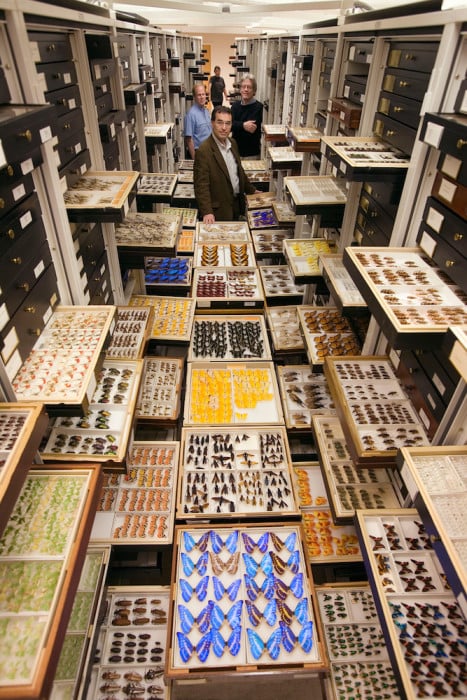
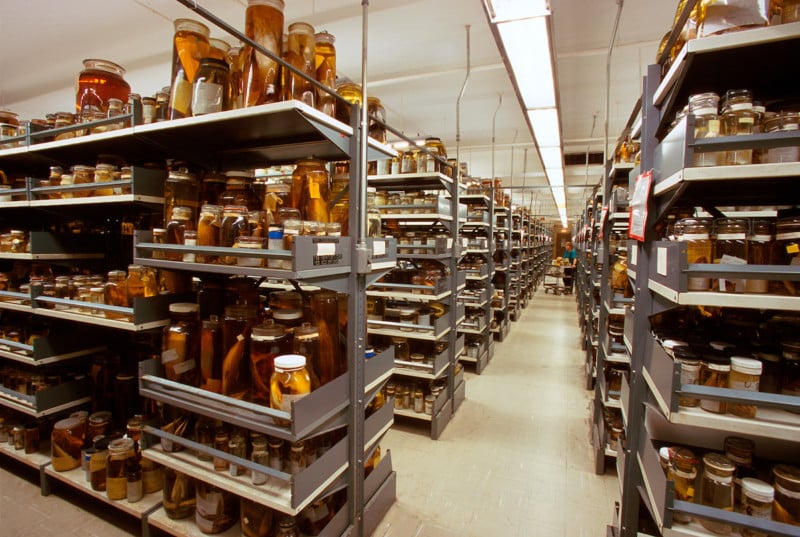
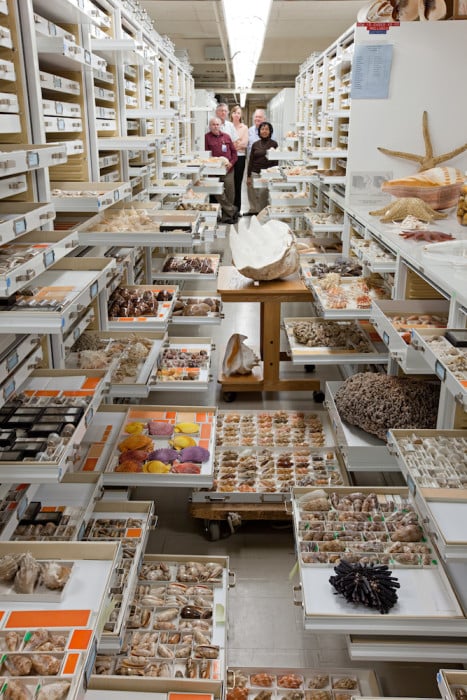
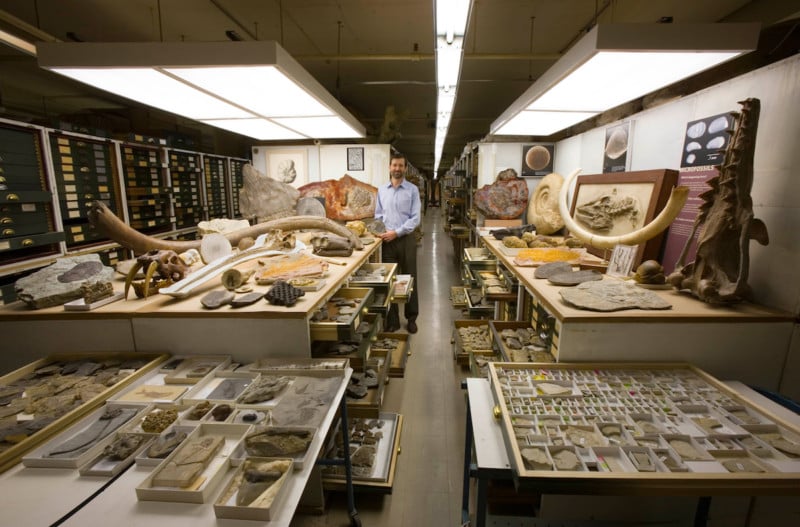
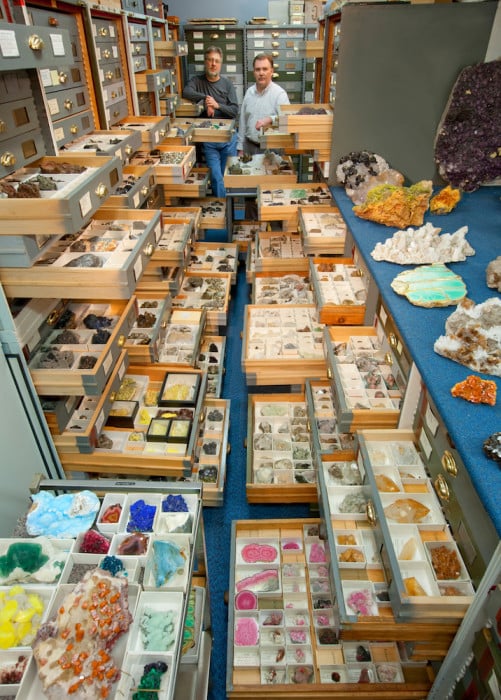
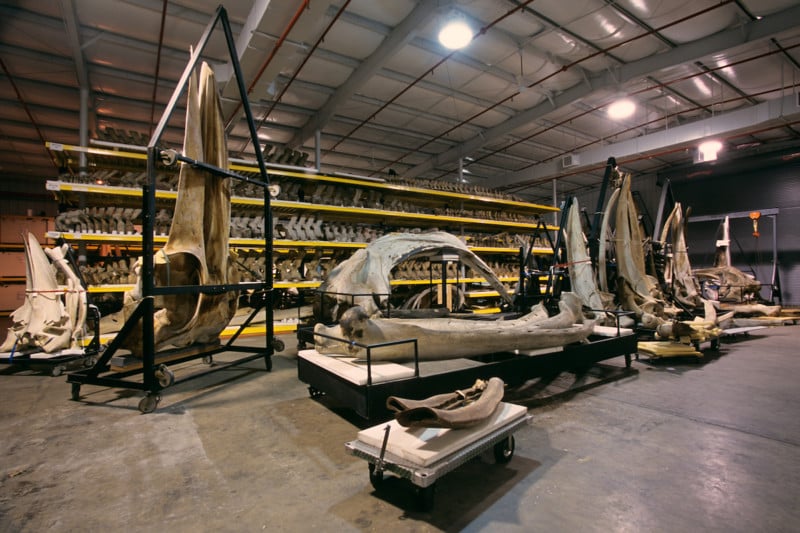
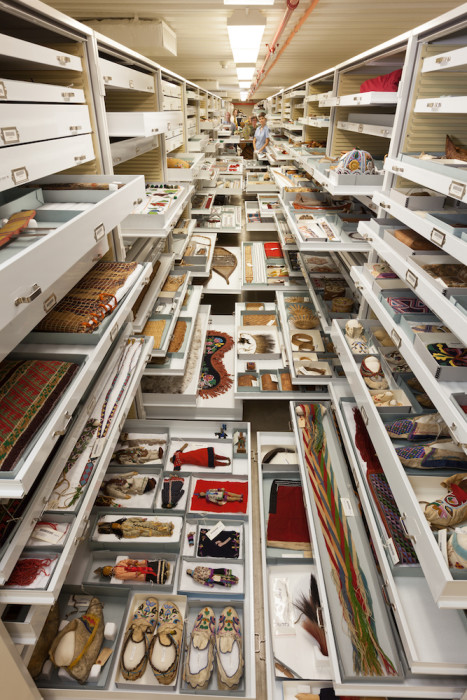
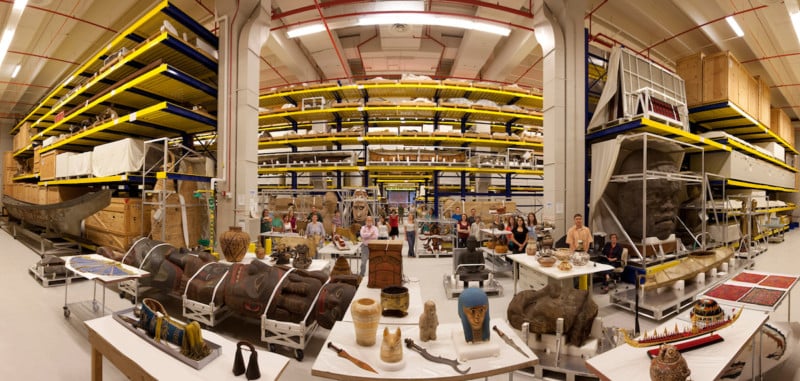
To learn more about the NMNH’s collections program or see these photos in higher resolution, head over to the program website here.
(via Colossal)
Image credits: Photographs by Chip Clark/Smithsonian, and used with permission.